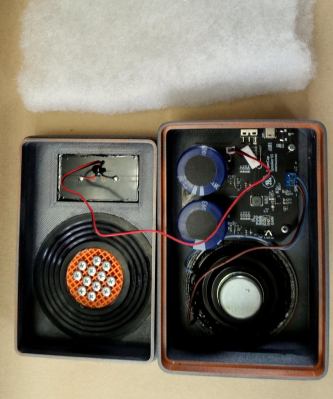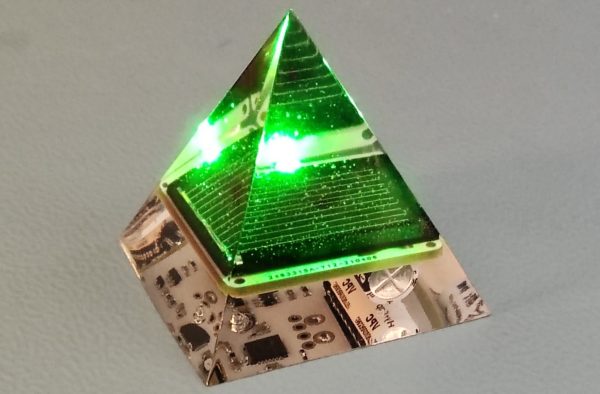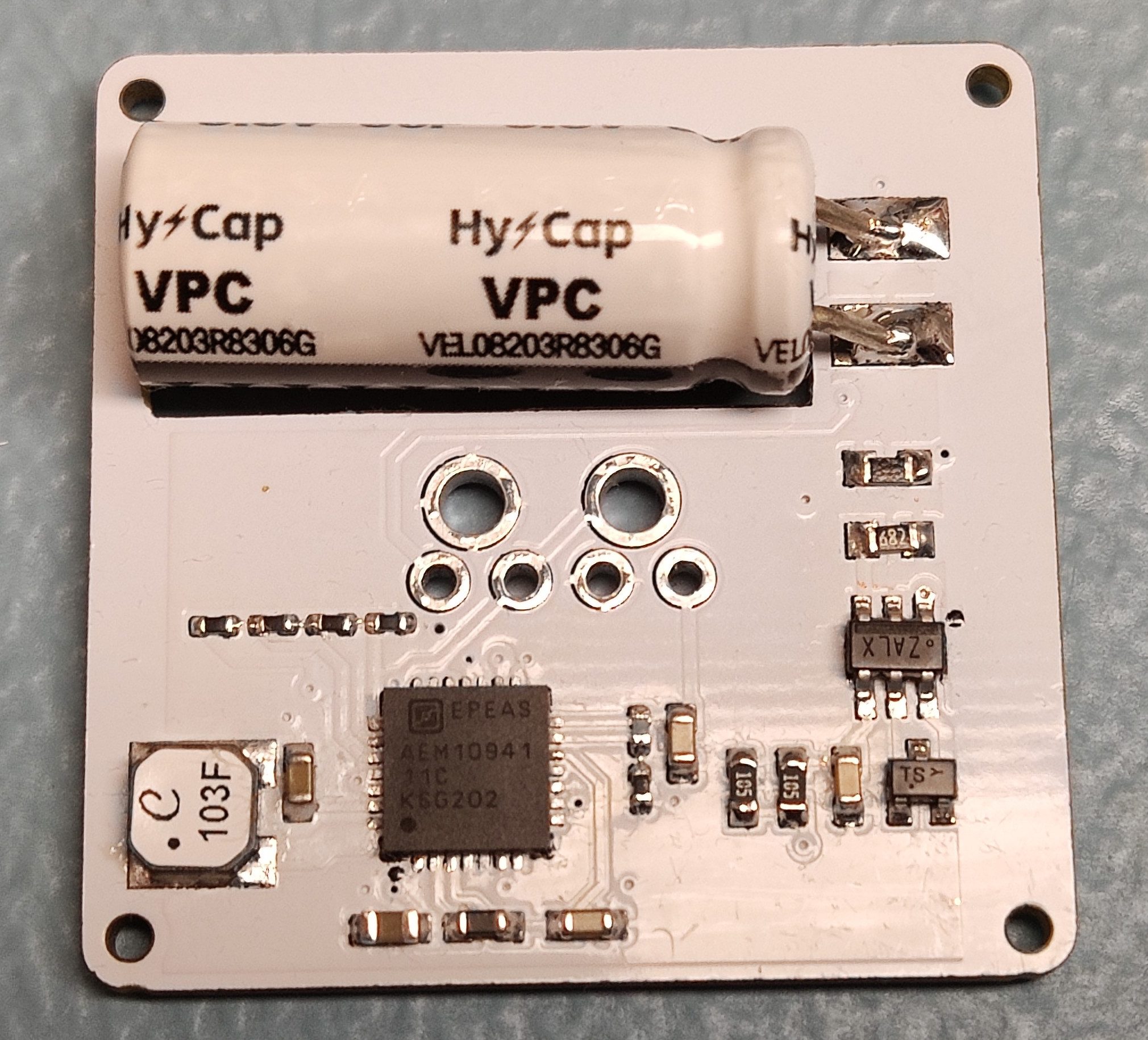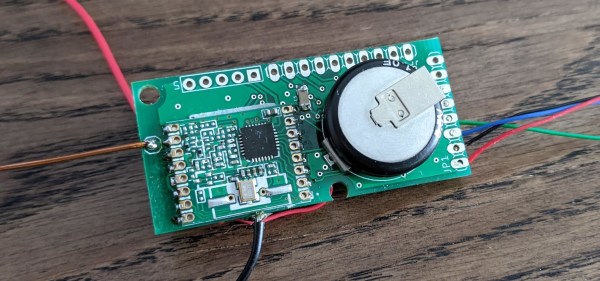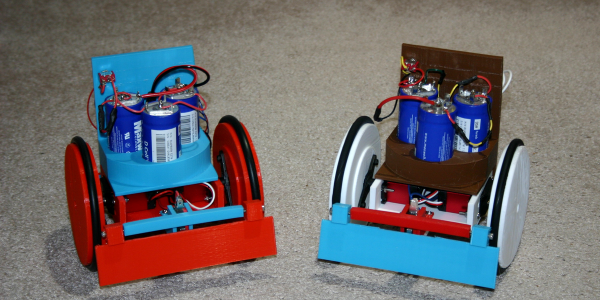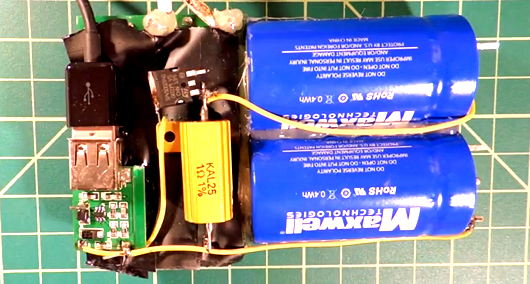For the cautious, a good piece of advice is to always wait to buy a new product until after the first model year, whether its cars or consumer electronics or any other major purchase. This gives the manufacturer a year to iron out the kinks and get everything ship shape the second time around. But not everyone is willing to wait on new tech. [Berto] has been interested in lithium capacitors, a fairly new type of super capacitor, and being unwilling to wait on support circuitry schematics to magically show up on the Internet he set about making his own.
The circuit he’s building here is a solar charger for the super capacitor. Being a fairly small device there’s not a lot of current, voltage, or energy, but these are different enough from other types of energy storage devices that it was worth taking a close look and designing something custom. An HT7533 is used for voltage regulation with a Schottky diode preventing return current to the solar cell, and a DW01 circuit is used to make sure that the capacitor doesn’t overcharge.
While the DW01 is made specifically for lithium ion batteries, [Berto] found that it was fairly suitable for this new type of capacitor as well. The capacitor itself is suited for many low-power, embedded applications where a battery might add complexity. Capacitors like this can charge much more rapidly and behave generally more linearly than their chemical cousins, and they aren’t limited to small applications either. For example, this RC plane was converted to run with super capacitors.



